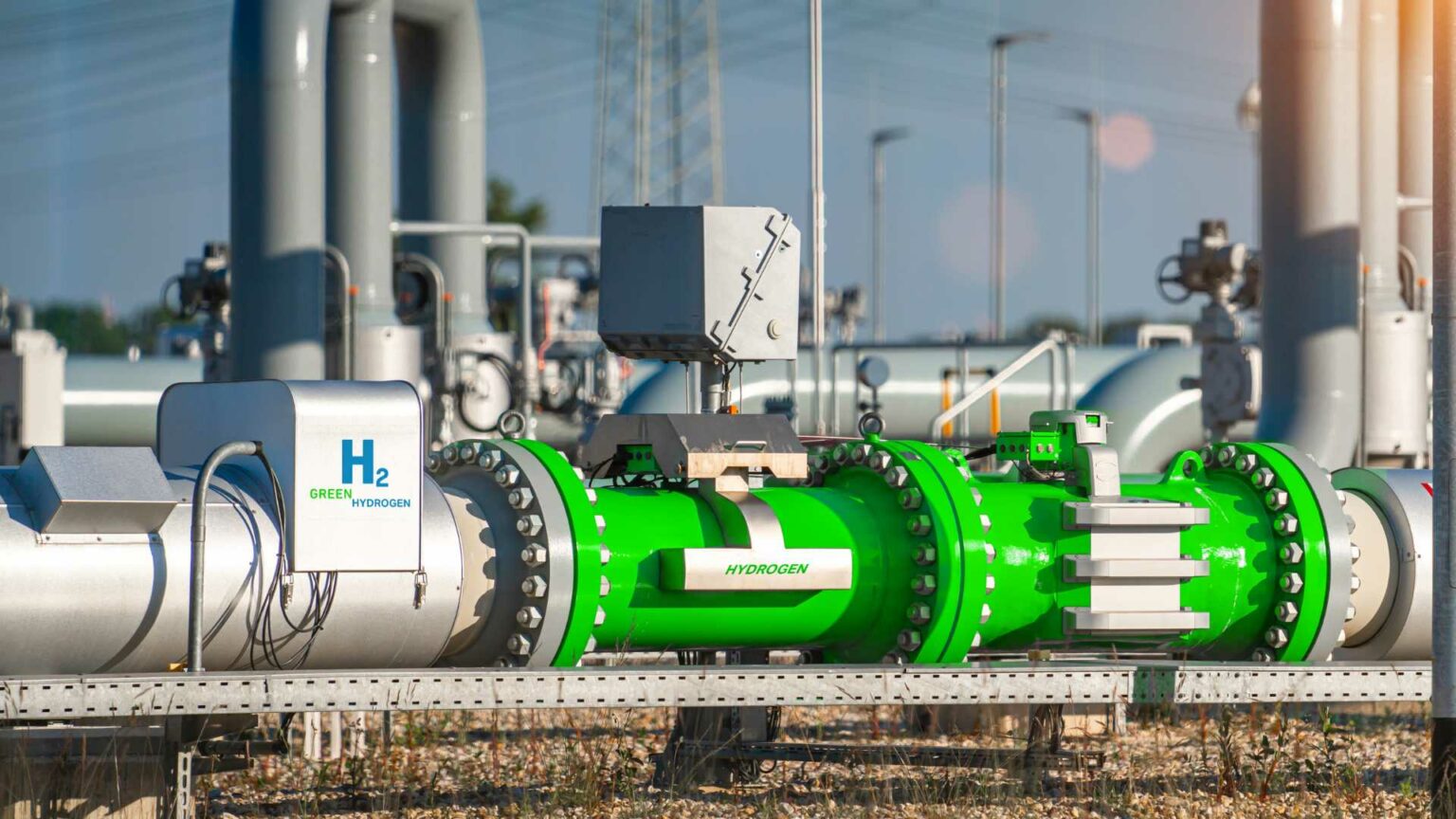UK Oil & Gas PLC (UKOG), through its subsidiary UK Energy Storage (UKEn), has signed a Memorandum of Understanding (MOU) with National Gas Transmission PLC to align future salt cavern hydrogen storage projects with Project Union, the UK’s planned 100% hydrogen pipeline system.
National Gas’s Project Union aims to repurpose parts of the existing natural gas network into a national hydrogen backbone, connecting production centers, storage hubs, and industrial demand clusters. The project’s first phase is scheduled to go live by 2032, linking the East Coast hydrogen cluster from Teesside to Humberside. UKEn’s East Yorkshire salt cavern storage facility is positioned to serve as a critical node in this early network, buffering fluctuations between variable renewable production and industrial demand.
The agreement also considers UKEn’s proposed South Dorset hydrogen storage project—the only announced large-scale hydrogen storage site in southern England. National Gas has indicated that such capacity would be necessary to balance supply in the south, particularly as hydrogen use extends beyond industrial clusters to power generation, transport, and heating.
The UK government’s Hydrogen Strategy acknowledges that large-scale storage is essential for system flexibility, but so far policy has focused more heavily on production incentives. Business models for both transport and storage—mechanisms to provide revenue certainty—are still under consultation, with allocation rounds not expected until the first half of 2026. Both UKOG and National Gas have framed the MOU as part of their positioning to secure government support once these frameworks are finalized.
Without storage, Project Union’s envisioned pipeline system would face significant operational risks, particularly given the intermittency of renewable electricity used for green hydrogen production. National Grid ESO has previously warned that system balancing costs could rise steeply without adequate storage. Salt caverns, already used for natural gas, are considered among the most technically and economically viable options for large-scale hydrogen storage due to their cycling efficiency and response speed.
Developing salt cavern storage requires extensive geological surveying, long lead times, and capital investment in the hundreds of millions of pounds per site. With the South Dorset facility still at the planning stage, timelines could extend well into the 2030s, overlapping with Project Union’s first operational phase.
Moreover, while salt caverns can provide large seasonal storage volumes, they may not address shorter-term balancing needs alone. Industry observers note that a mix of technologies—above-ground tanks, compressed hydrogen, and potentially liquid hydrogen—may be needed to complement cavern storage, especially in regions with dispersed demand.
For UKOG, better known for its oil and gas exploration activities, the pivot into hydrogen storage represents both diversification and a bid to remain relevant as the energy transition accelerates. For National Gas, ensuring storage integration strengthens the technical and financial case for Project Union, which must compete for policy support against other decarbonization infrastructure such as carbon capture pipelines and offshore grid expansion.
Stay updated on the latest in energy! Follow us on LinkedIn, Facebook, and X for real-time news and insights. Don’t miss out on exclusive interviews and webinars—subscribe to our YouTube channel today! Join our community and be part of the conversation shaping the future of energy.





